It is spring in Venice and the sun shines bright covering the city in a warm blanket. But this time we aren’t going to walk through the long beautiful canals of our favorite city. We are going to visit a peaceful and quite heaven nearby- the small Island Burano.

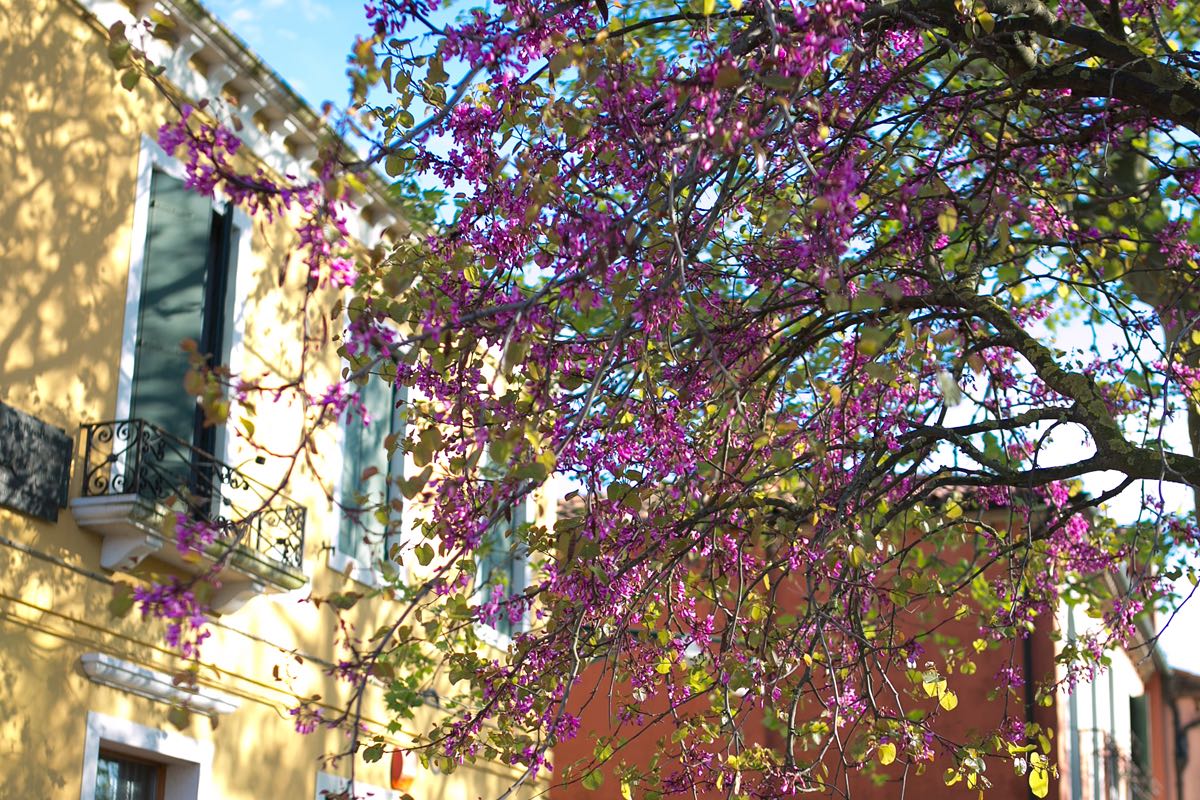
Producing Burano Lace is one of the most ancient Venetian crafts, a tradition that has been preserved in its original form up to present day. The first mention of this intricate lace comes precisely from this small island, in the 15th century. Yet the real fame of Burano lace arrived about a century later in the 1600’s, when European noble families began to use it to adorn their clothes and homes.
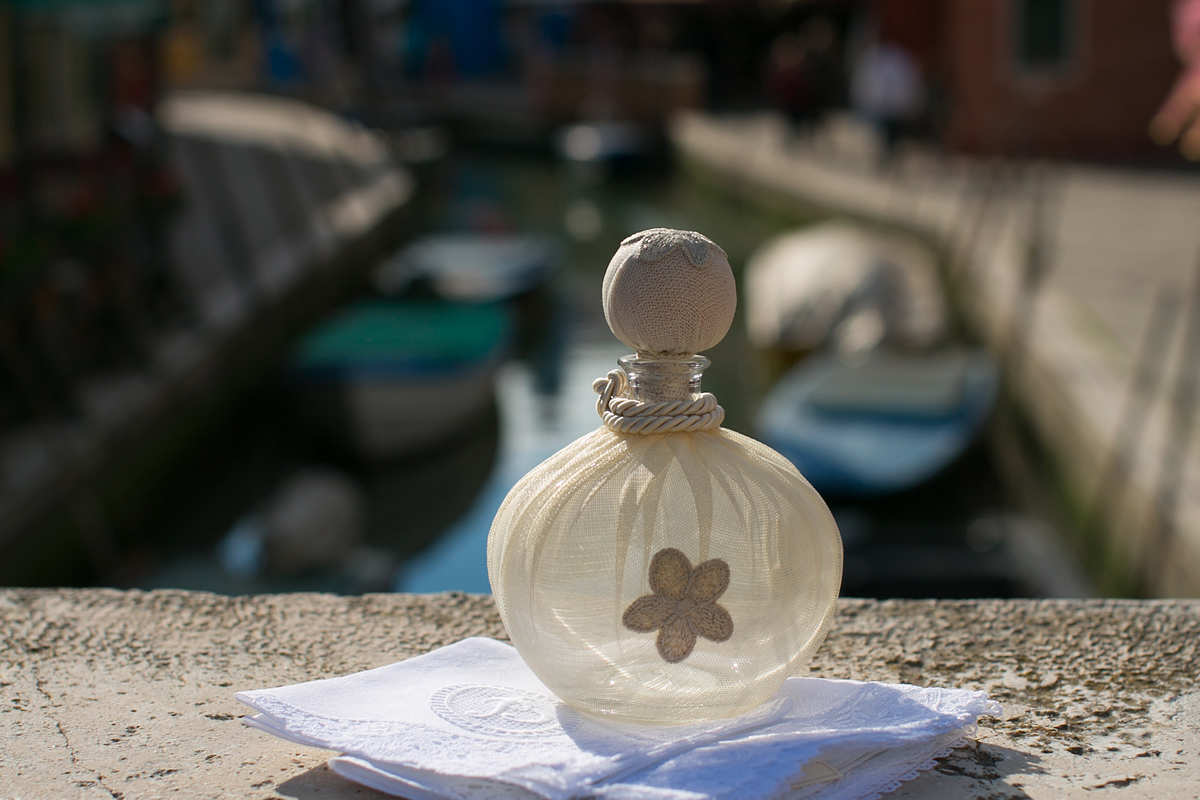
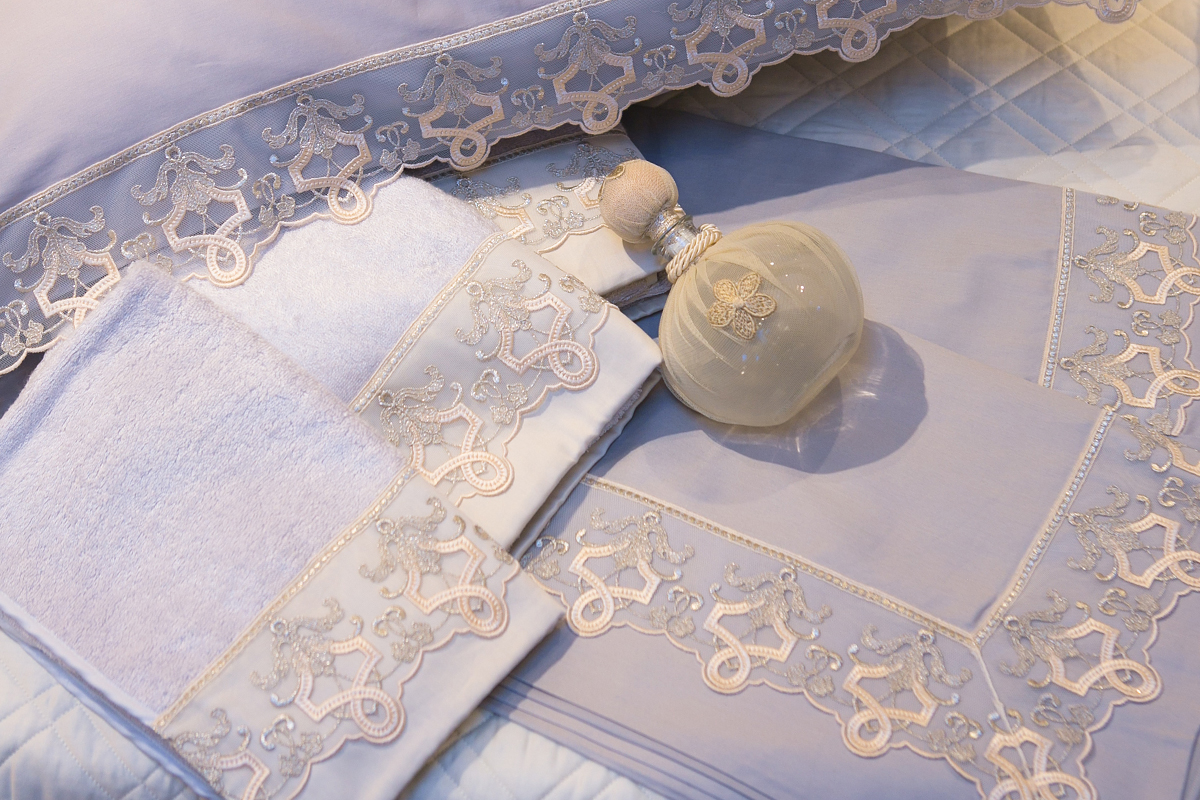
On the day of his coronation, King Louis XIV of France wore a gorgeous lace collar, which looked strikingly impressive worn upon with his royal cloak. The craftsman behind this Burano lace collar worked on it painstakingly for no less than two years. In fact, working Burano lace is highly time-consuming, a difficult and laborious task that requires tremendous patience, skill, and experience because every part is manually “air-stitched.” This type of workmanship was coined “Punto in Aria” literally “Stitch in the air.” This specific characteristic distinguishes stitching Burano lace from any other type, as this creates light, elegant, and airy pieces that can be considered works of art.

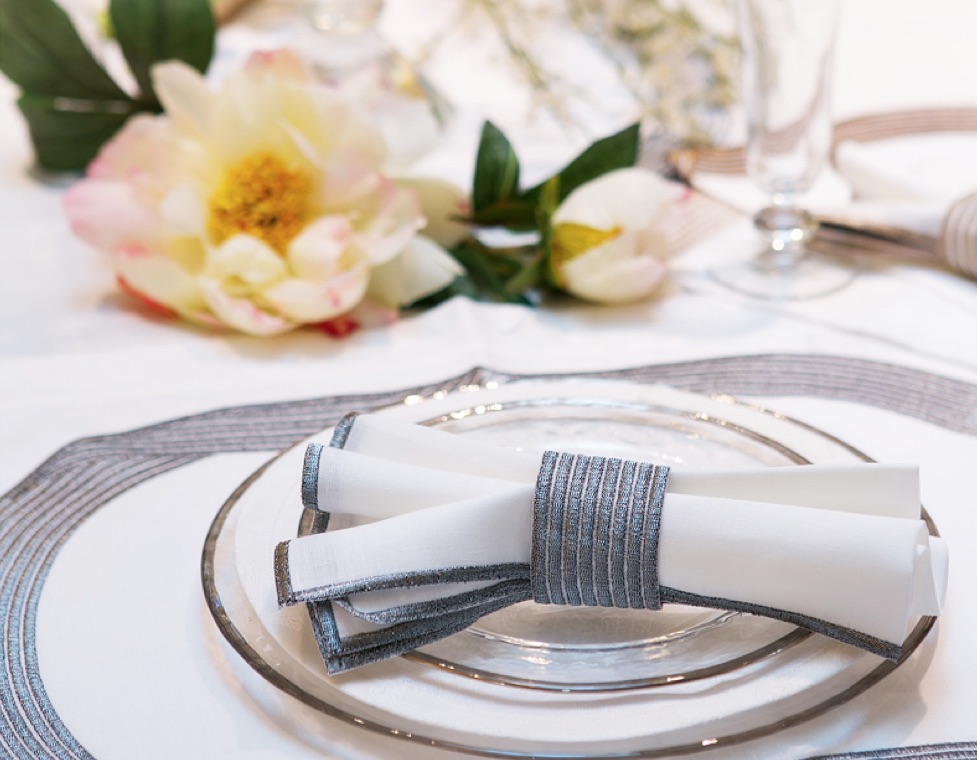
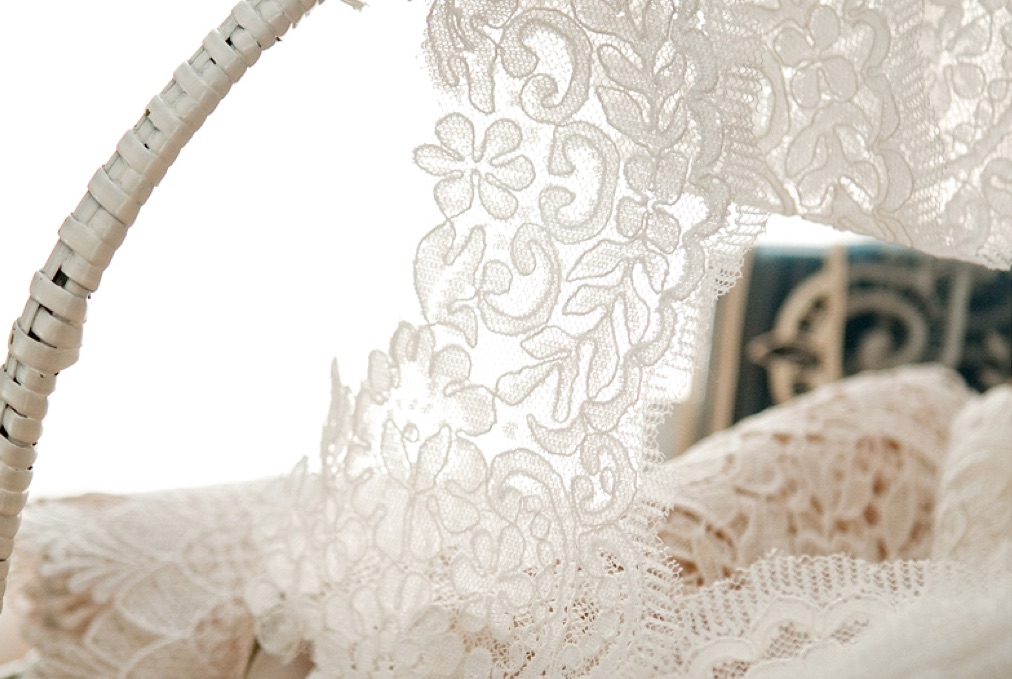
Today not many masters of this art remain. They work on the island of Burano in the studio of Martina Vidal, where a simple needle and thread are used to create exquisite table linens, clothes, wedding veils, and fans. Martina Vidal lace still uses the same stitching technique that was used in the 15th century, preserving the tradition that has made this particular lace become known for its superior refinement and delicate elegance.

Photo by Anna Minaeva
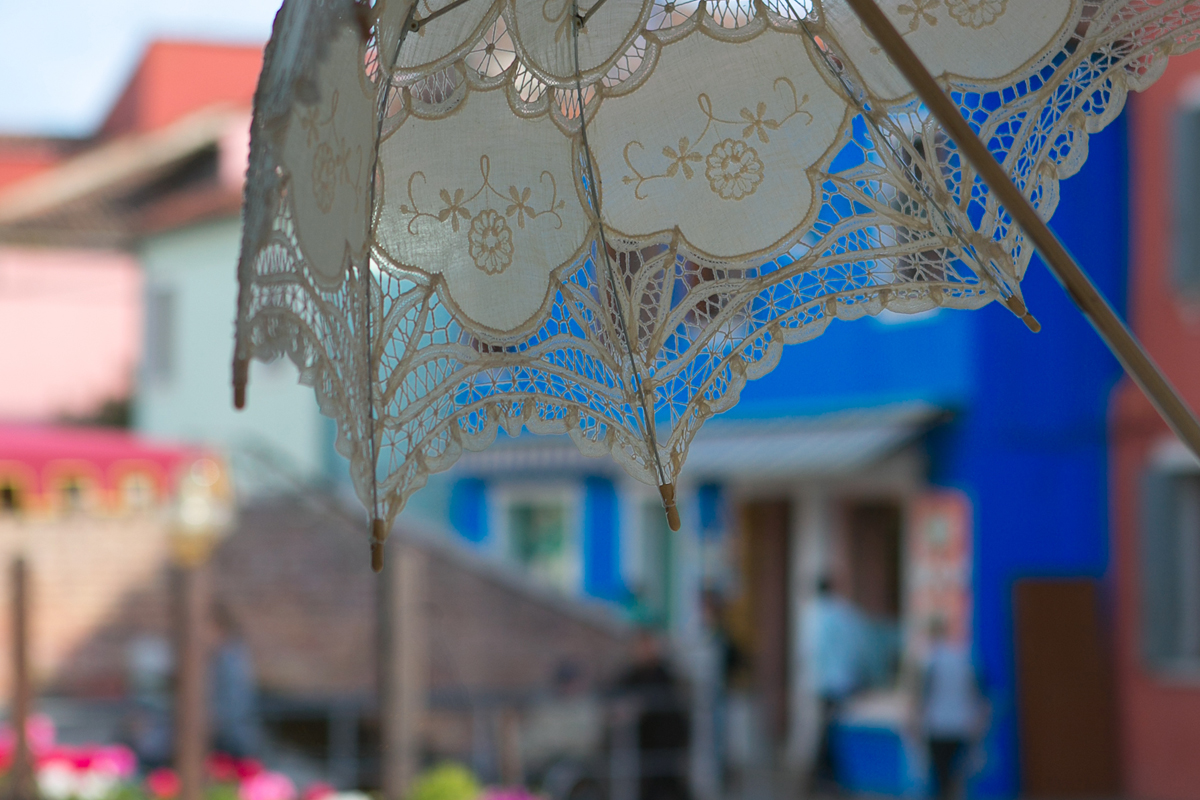
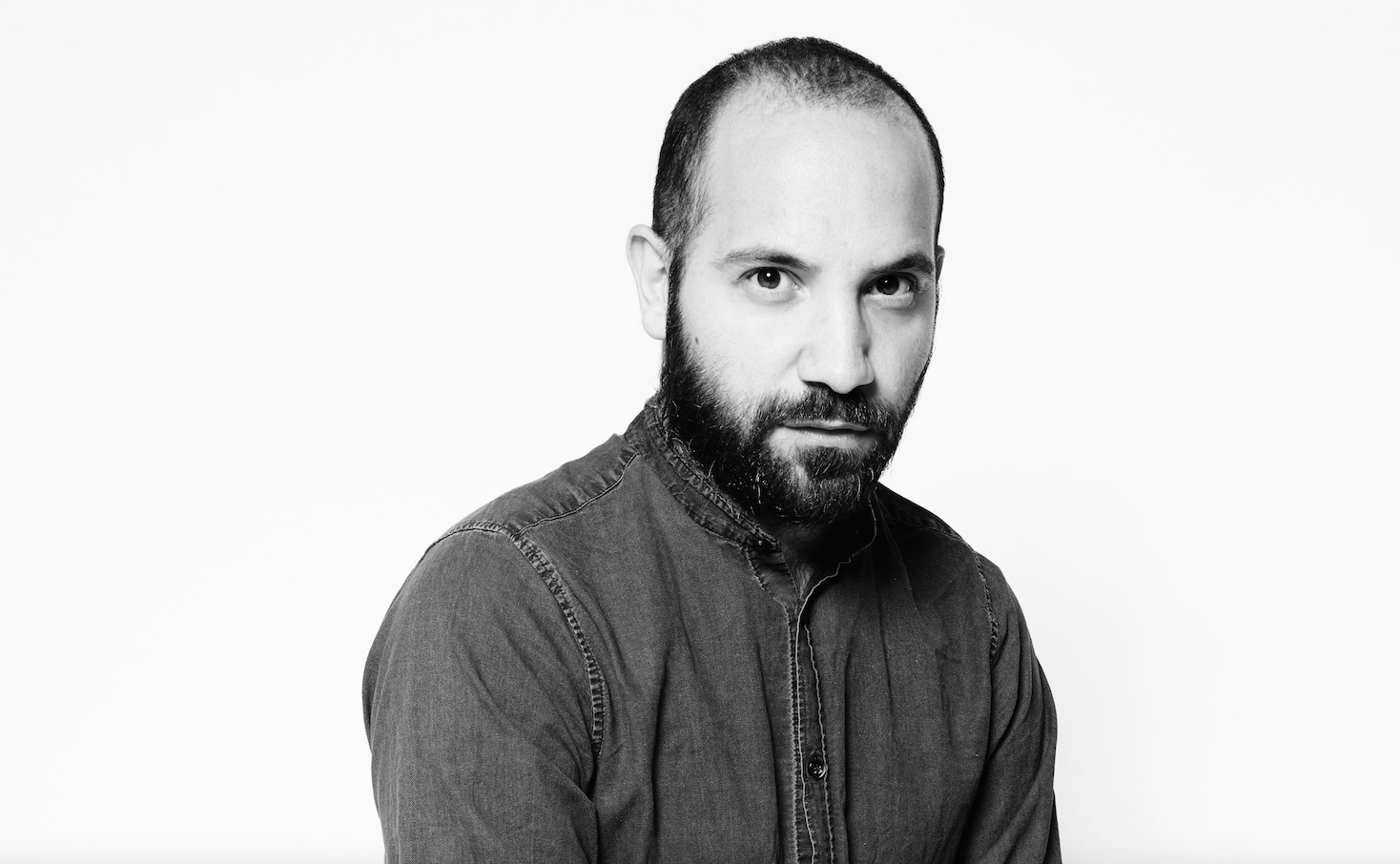


Divine!!!! Got carried away ..?
Wow Russ.. Amazing post. We are still looking forward seeing you back in Asia very soon.
really amazing pics.. Thank you Anna for such a beautiful way of presenting our island.
LOVING IT #supercool
красота неописуемая ОЧЕНЬ….